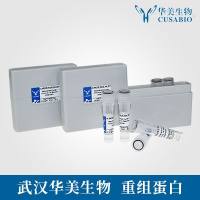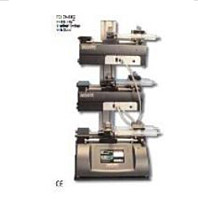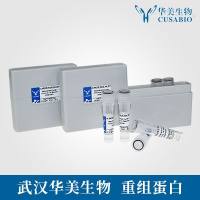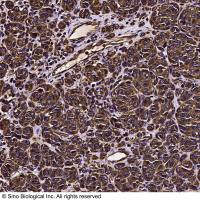Effect of Dose, Molecular Size, and Binding Affinity on Uptake of Antibodies
互联网
互联网
相关产品推荐

Recombinant-Hordeum-vulgare-High-molecular-mass-early-light-inducible-protein-HV58-chloroplasticHigh molecular mass early light-inducible protein HV58, chloroplastic; ELIP
¥10556

Mannan Binding Lectin/MBL2 兔多克隆抗体
¥1699

Mixture/Dose Delivery System
¥90000

SLC31A1/SLC31A1蛋白/Copper transporter 1 Short name: hCTR1 Solute carrier family 31 member 1蛋白/Recombinant Human High affinity copper uptake protein 1 (SLC31A1) (Active)重组蛋白
¥69

Vimentin Antibody, Rabbit PAb, Antigen Affinity Purified | Vimentin 兔多抗 (抗原亲和纯化)
¥1699
相关问答

